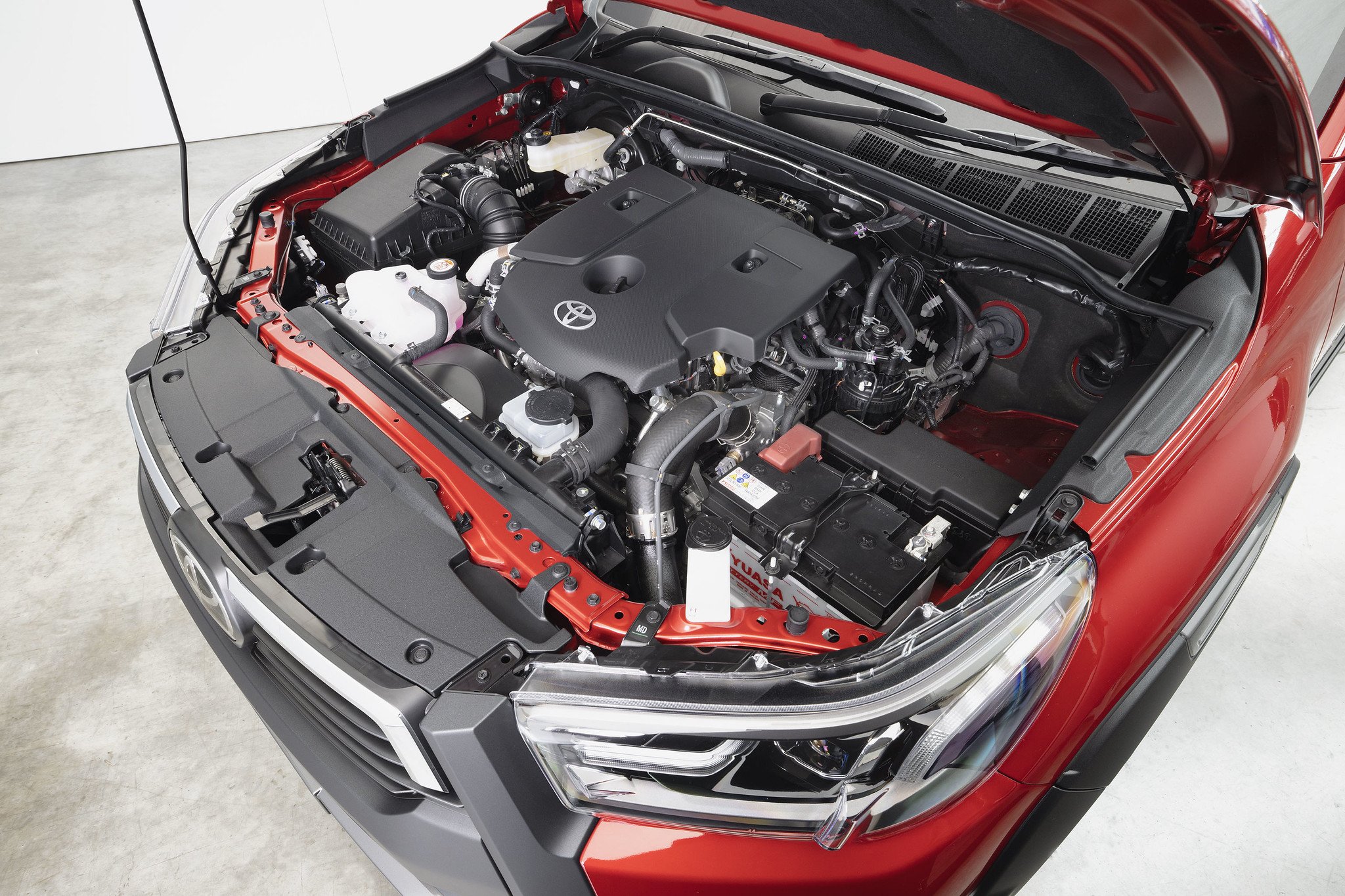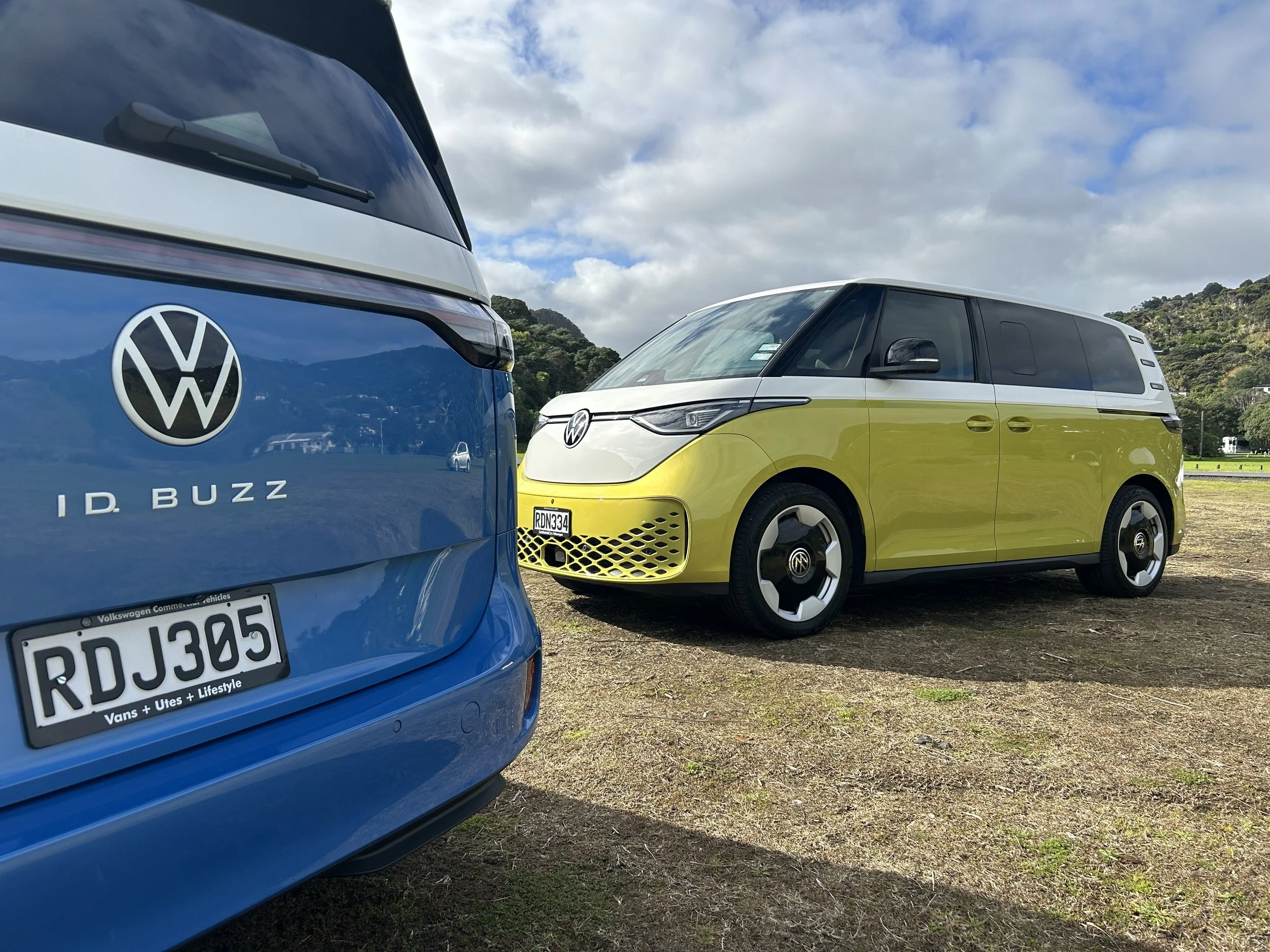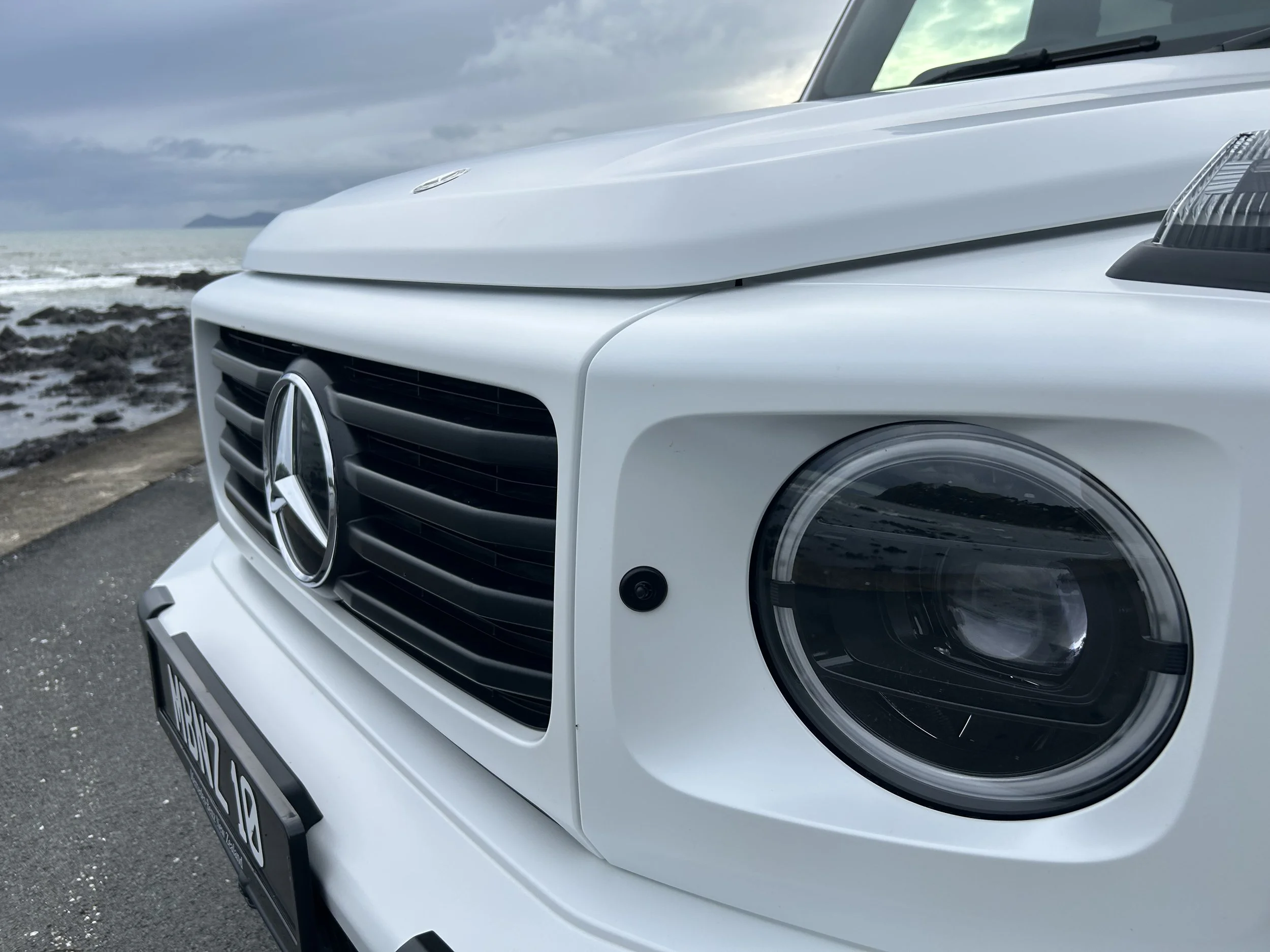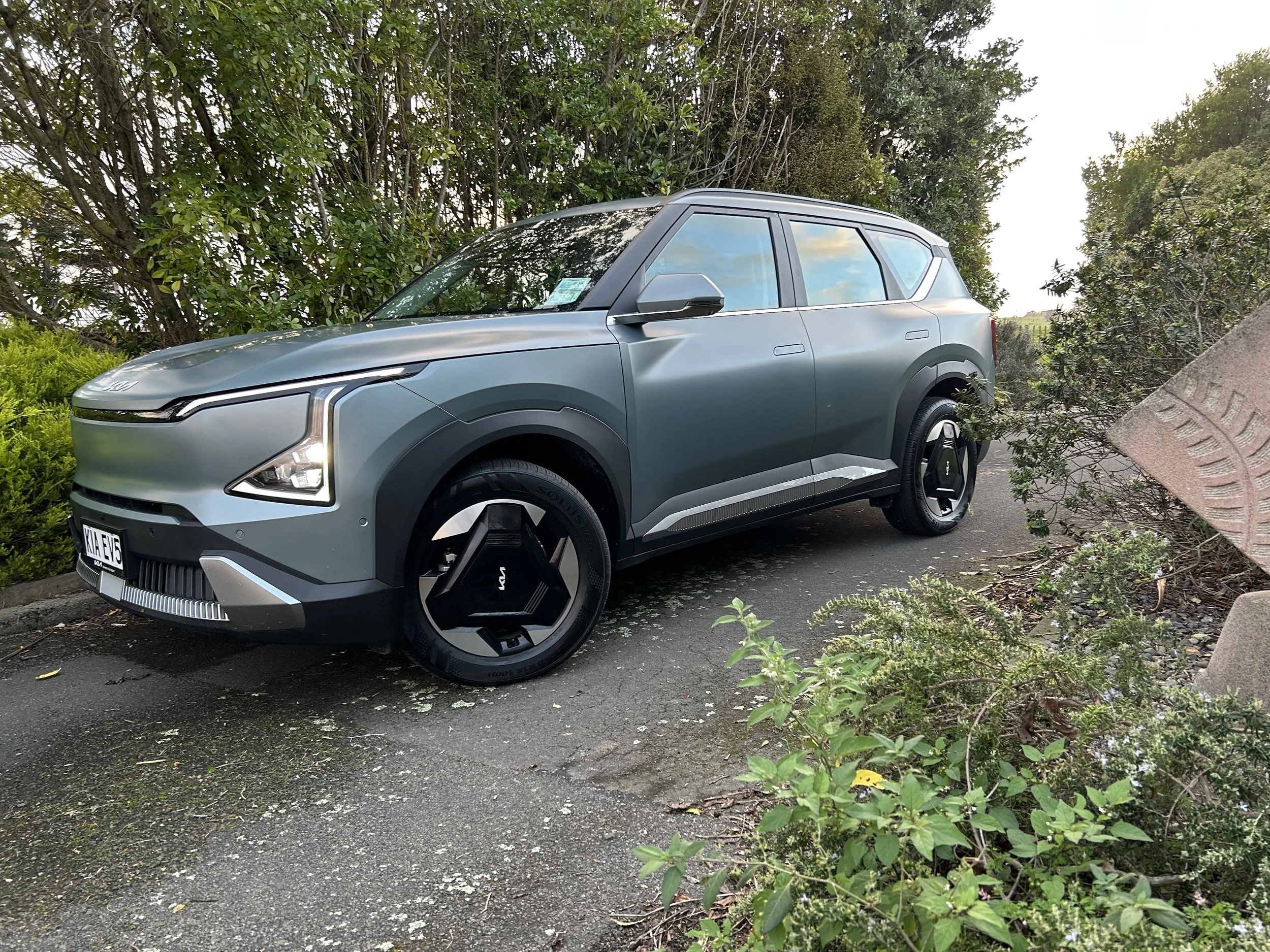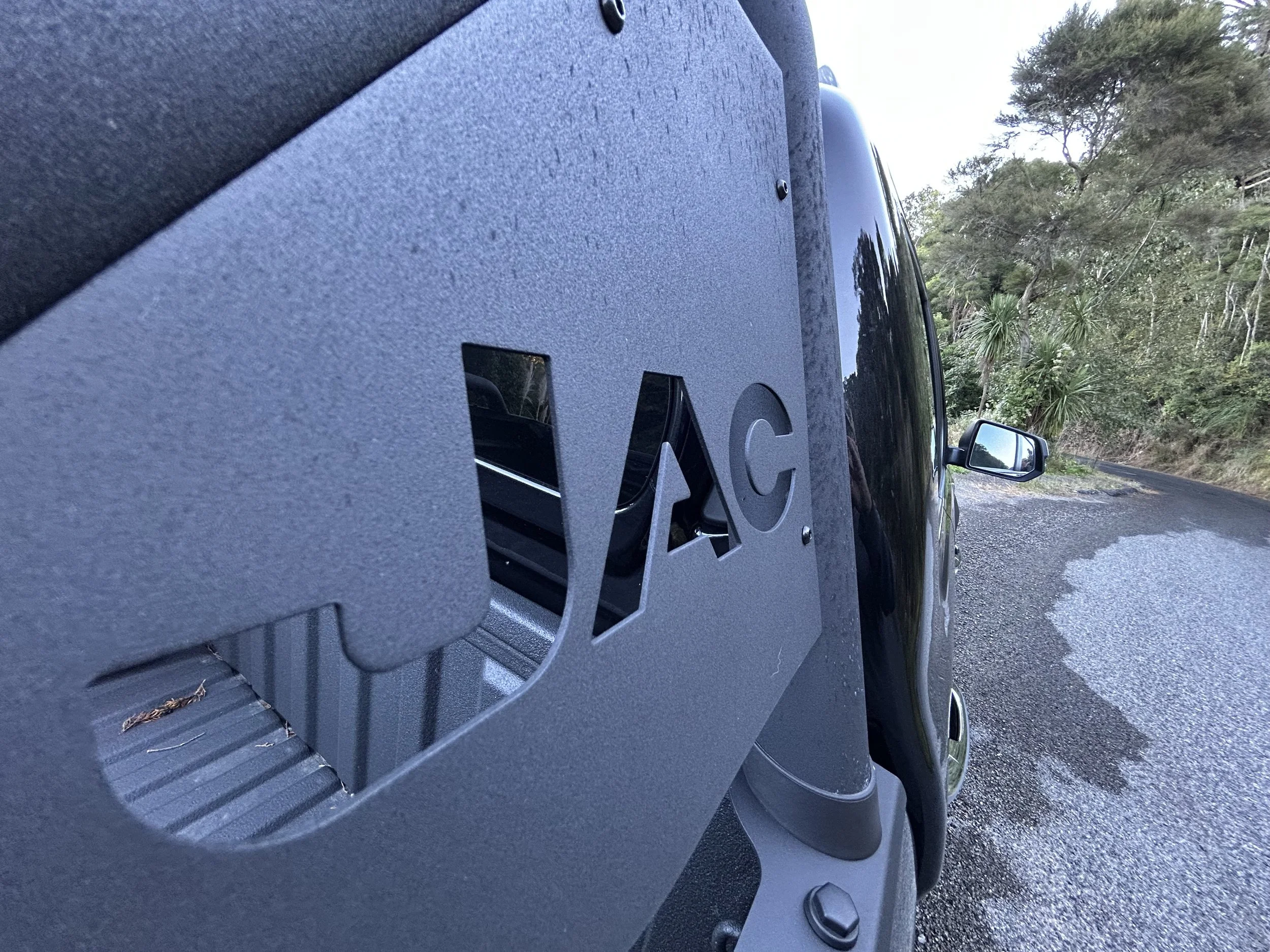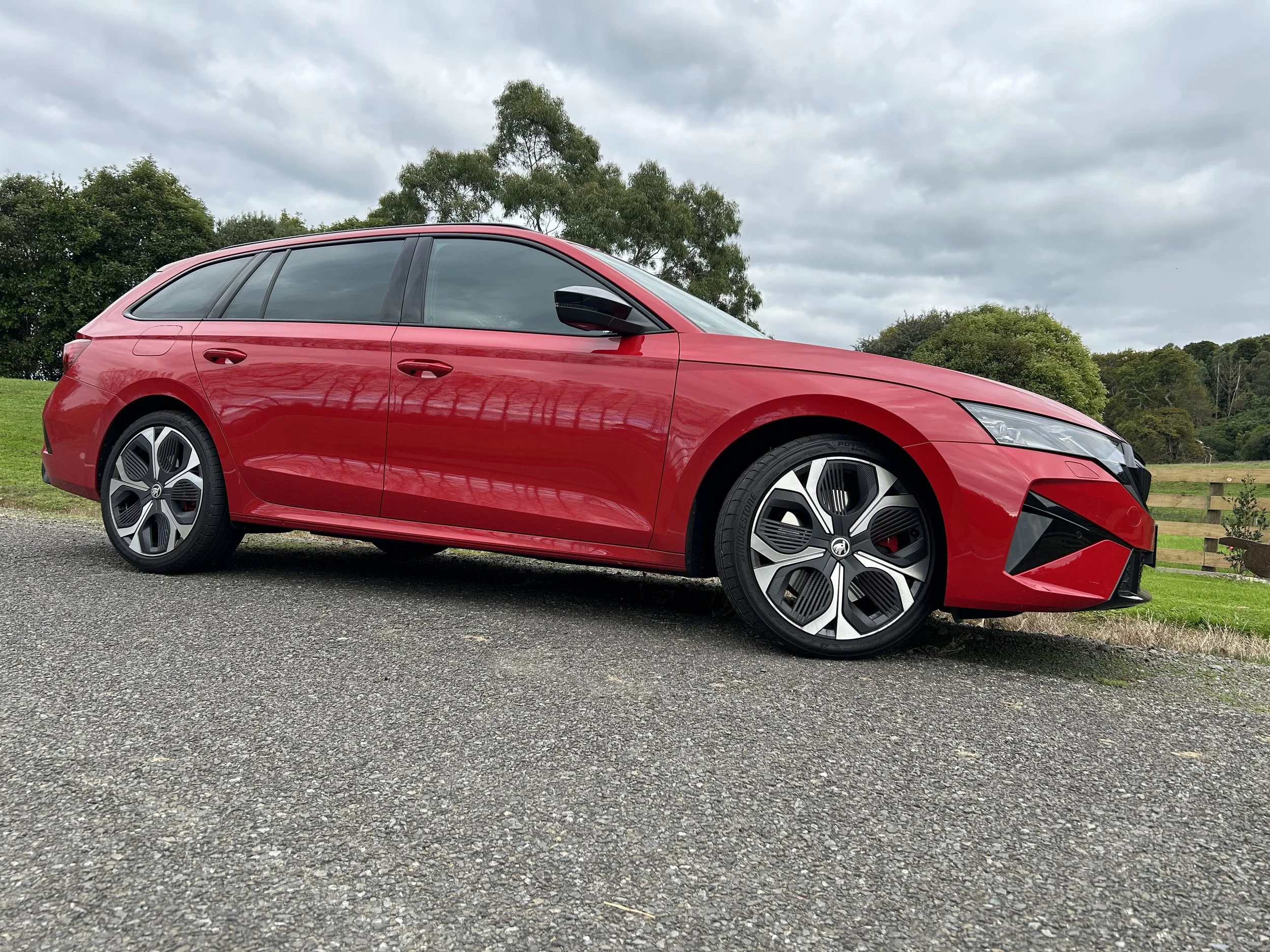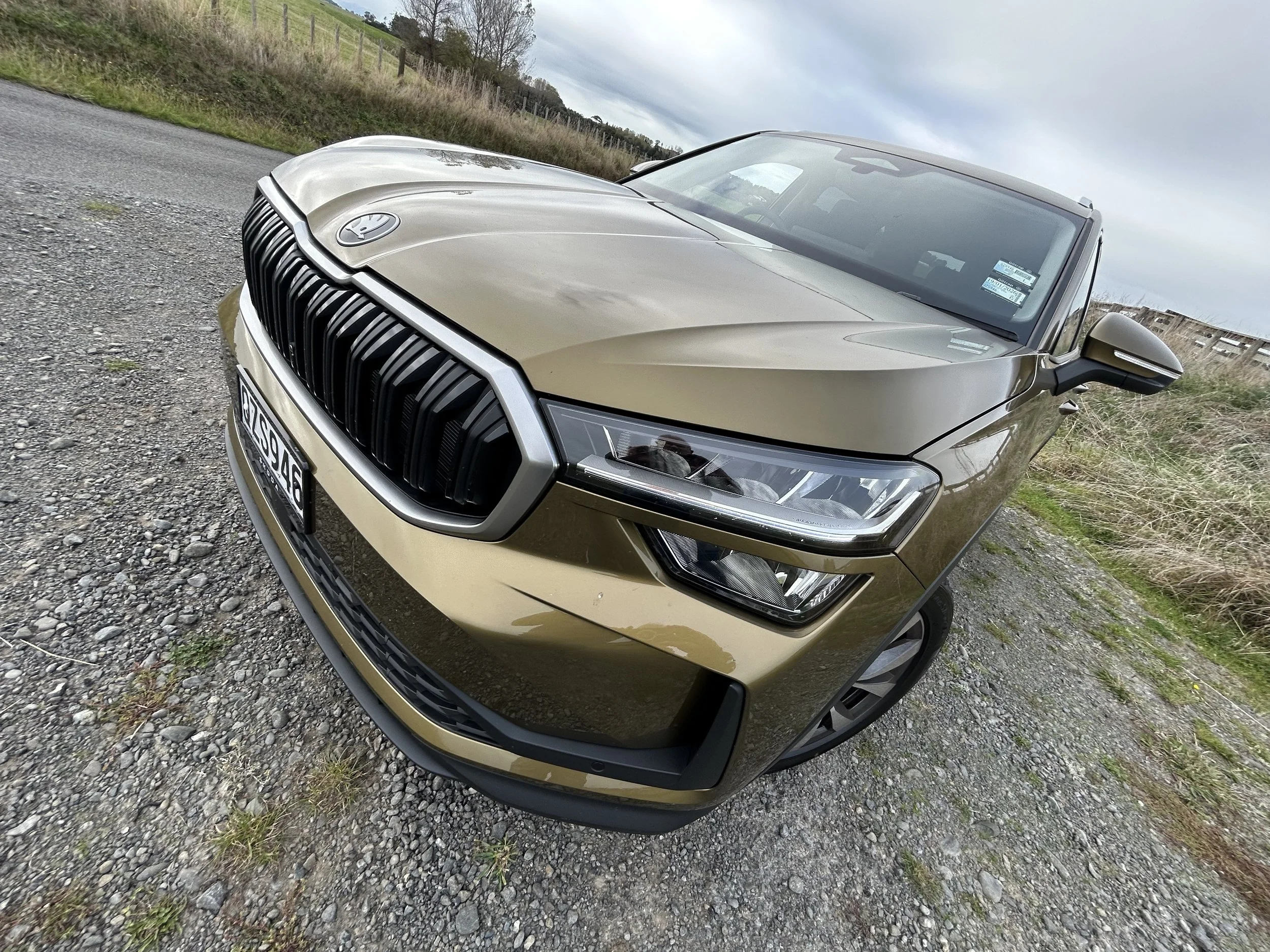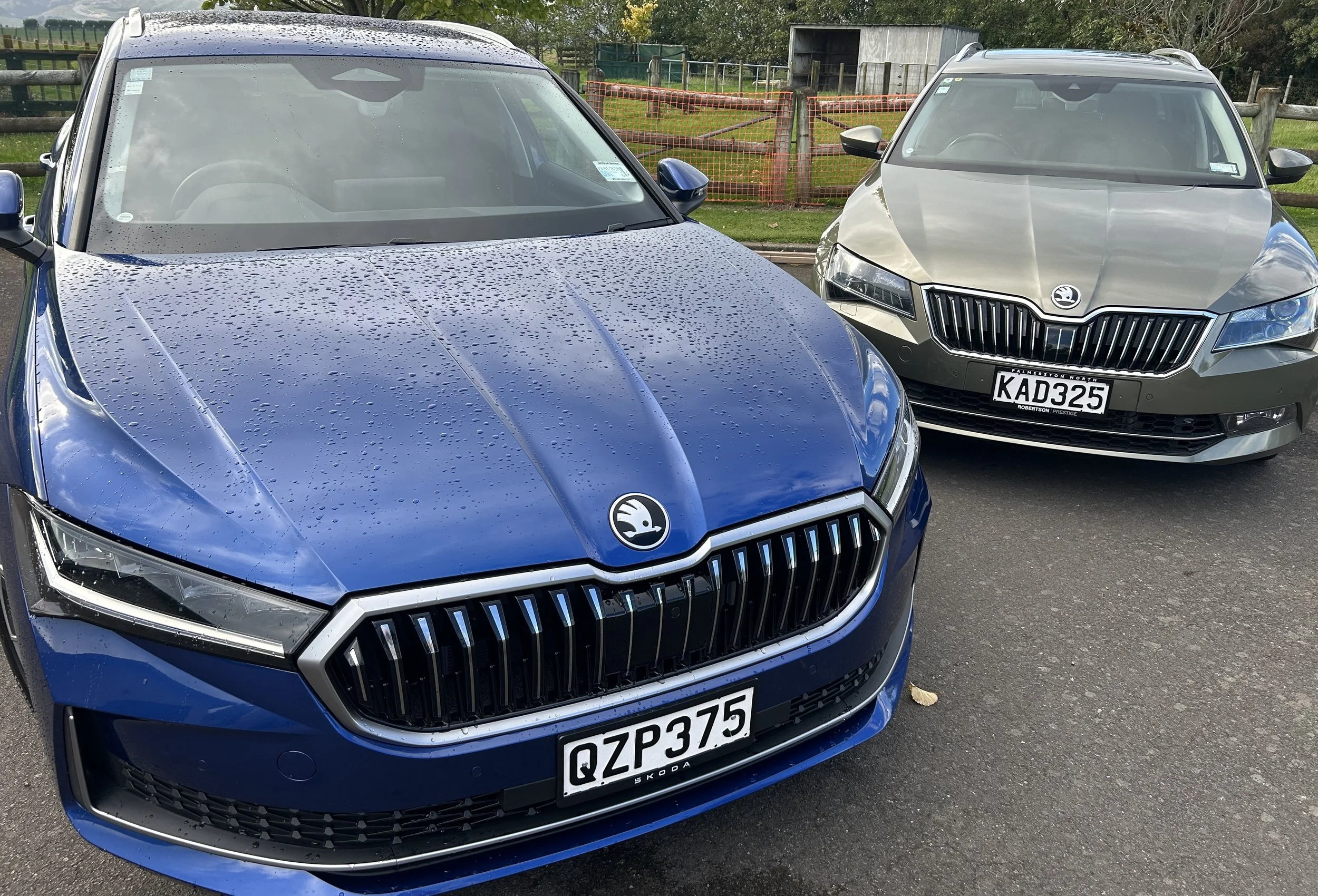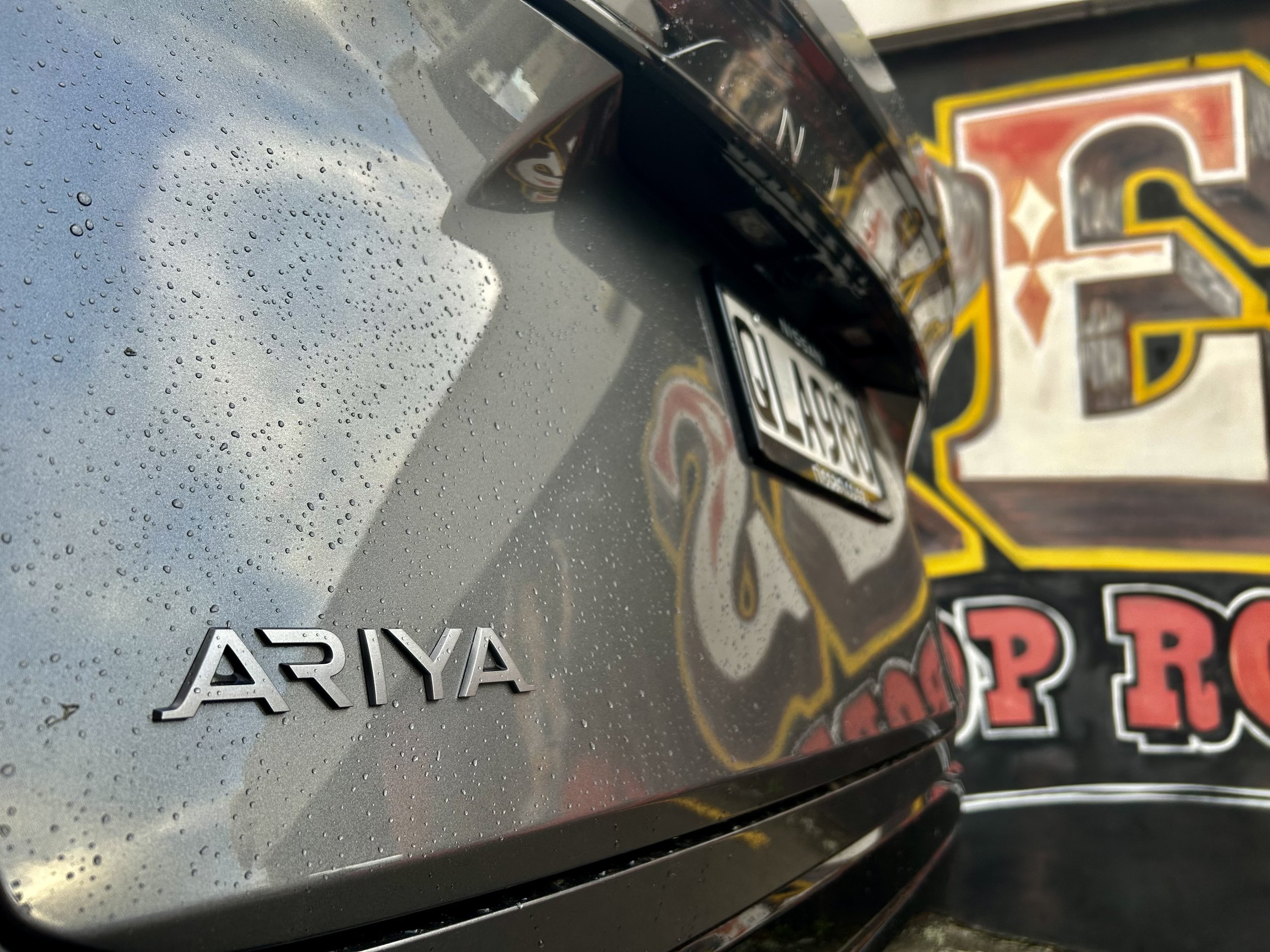Hilux top of mind as TNZ rejoices strong January
/Ute’s sale performance shared on day of explosive report about how long it will remain in production.
CONFIDENCE from Toyota New Zealand about being able to keep Hilux, a high CO2 culprit but also the biggest seller, as a sales success while also achieving bold emissions reduction targets has been expressed on the same day a report claims the ute will be around until late 2025.
Drive.com.au, the website for Australia’s biggest daily motoring news provider, claimed today it has unearthed confidential plans showing up to three more years’ production is planned for the current Hilux, which though subject to speculation about it taking electric assistance presently relies wholly on a diesel engine whose outputs put it into the Clean Car penalty zone.
That news arrives after Toyota New Zealand, in sharing that even though 49 percent of its sales from last month – its most buoyant January since 2018, when the market was in a pre-Covid condition - were achieved by eco-minded hybrids, also saying that the ute was still its biggest single seller.
Yesterday the Stuff website quoted TNZ chief executive Neeraj Lala as saying his Palmerston North-domicled brand will this year limit the number of Hilux it sells, as it aims to reduce the emissions of its fleet.
It quoted Lala saying: “(We are) only going to bring in a fixed number of Hiluxes. And when those Hiluxes are allocated to customers, they are gone. We could bring in more, but we’re not going to.”
He expressed thought that the ute should not exceed 30 percent of TNZ total deliveries.
In 2022, Hilux went above that line, in being the top-choice Toyota for buyers, with 9787 registered despite some variants also being constrained. That made it the second-most popular ute behind Ford Ranger, the country’s best-selling new vehicle last year.
Industry data suggests this, in turn, impacted on the TNZ CO2 fleet average, as assessed under the WLTP (worldwide harmonised light vehicle test), which after six years of decline climbed marginally.
The count solely from its passenger models went to 138.53 grams per kilometre, from 137.62 in 2021. Factoring in the light commercial models, Hilux and HiAce van, raised this to 180.2g/km, from 178.39g/km in 2021.
Today, however, TNZ insisted another view, with general manager of new vehicles, Steve Prangnell, saying that despite Hilux being the top seller, TNZ has maintained a reduction in CO2.
Regardless, it seems clear that for TNZ to forge ahead with significant further reductions in emissions, it can only do so with cleaner vehicles. The cleanest of all is fully electric product – Toyota’s first will be the BZ4X compact crossover cited for late 2023 arrival.
It would be easier for TNZ were Hilux also part of the Green cause – but that shift is with Toyota Japan.
As is, if the information Drive says it has seen is accurate, Hilux will be the oldest vehicle in its class – excluding the 38-year-old Toyota LandCruiser 70 Series – by the time it is replaced in 2025.
The more important issue, though, is whether Toyota will lend the current vehicle – which launched in 2015 – more environmentally-friendly drivetrains, or prefer to implant those into the replacement line.
Toyota has already announced plans to introduce electrified power across nearly all models – including the Hilux – by the end of the decade.
It is unclear what direction it will take. Conceivably, there are three - full electric, hydrogen fuel cell or a version of the mild hybrid power it has pioneered over the past two decades and maintains is a credible solution for buyers not ready for full electric power.
Recently Toyota showed off an electric Hilux in Thailand and is also funding development in the United Kingdom of a doublecab, using the hydrogen fuel cell from the Mirai passenger car. The first has been described as a study, the second as a concept.
TNZ said today it will maintain a continued focus on a balanced product portfolio.
It said it sold 2597 new passenger and light commercial models last month with an electrification mix of 49 percent. CO2 emissions for new vehicles are claimed to be sitting at 169g/km, an 11 percent reduction from the same month last year. It is not clear what measurement scale was used to establish this figure. In the past, TNZ has applied the NEDC scale, which lends a more positive figure than WLTP, regardless that NEDC is considered outmoded on grounds of inaccuracy.
Nonetheless, Hilux remained consumers’ priority choice, with 798 sold. The next strongest sellers were the Corolla and RAV4, both of which offer with hybrid.
In comment about Hilux today, Lala says: “We can still achieve number one for Hilux while maintaining our reduction in CO2 through our balanced portfolio and we will continue to do so throughout the year.
“I am incredibly proud to see that our customer demand continues to swing towards electrified product …
“However, our goal has always been depth and breadth of our range to ensure we are meeting the needs of all our kiwi customers, and this includes commercial vehicles like Hilux which meets the needs of a large sector of our customer base.”
He said TNZ continued its commitment to a 46 percent reduction in carbon emissions by 2030, “while still providing customers with the vehicles they want and need.”
The January result was fuelled by improved supply; Toyota Japan built far fewer cars than it intended to in 2022, due to Covid-related issues, and as result all popular choices in NZ have been subject to wait times, some of more than a year.
TNZ says it has been able to regain stock allocation and deliver vehicles to customers who have been waiting for a while.
Says Lala: “We are focusing on getting further stock allocation for the rest of the quarter to continue to meet our customer demand.”



